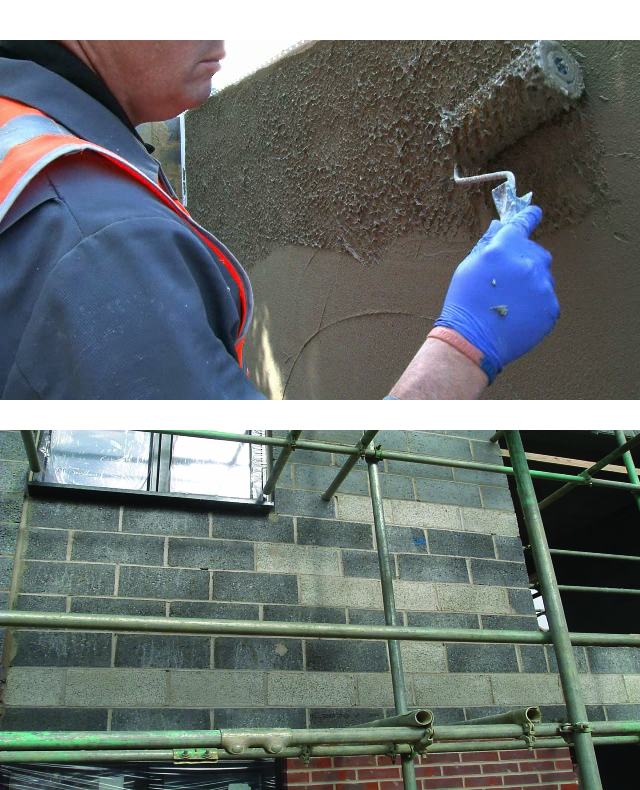Weber: It’s all in the prep - improve key and equalise suction
Ever arrived on site ready to render and the substrate is a jumble of blocks and brick? Due to occasional shortages of materials, contractors will sometimes use a variety of blocks within the substrate since they were unable to obtain a single type. Rendering onto a mix of substrates can be challenging.

It is crucial to conduct a suction assessment to analyse the substrate's absorbency before beginning the job. If the absorbency is high, additional steps must be taken before work can be carried out. In most cases, a careful, controlled dampening with water may be sufficient, but in some situations, application of a preparatory key coat such as weberend aid, might be required.
Rendering onto a mix of substrates can be challenging, and this sometimes requires additional evaluation before work can start. The problem typically arises from the different rates of expansion and contraction of various types of brick and blockwork, which over time puts stress on the render and may even cause it to crack.
Due to occasional shortages of materials, sites will sometimes use a variety of blocks within the substrate since they were unable to obtain a single type of block. This will often become a problem when applying render as even though the blocks might have the same strength, their absorption rates might vary, which could result in shade variation and cracking in the render.
If this is the case, using a combination of weber standard meshcloth and weberend aid would be the best course of action. Mesh embedded within the key coat will spread the load across a larger surface which will prevent reflective cracking brought on by dissimilar movement. A number of top UK house builders are currently using this best practice application method and are seeing good results where material shortages mean that a variety of blocks are used in the construction of the substrate.
Last but not least, effective adhesion is essential to successfully applying render and this is dependent on how good the porosity of the substrate is. If the suction is too high, the render will not hydrate sufficiently. If it is too low, there can be issues forming a good bond. Therefore, all substrates should be clean, dry, sound, and in good condition and be free of anything that could hinder adhesion, such as oil, grease, and soluble salts.
Keep up to date with CCF by following our LinkedIn page.
